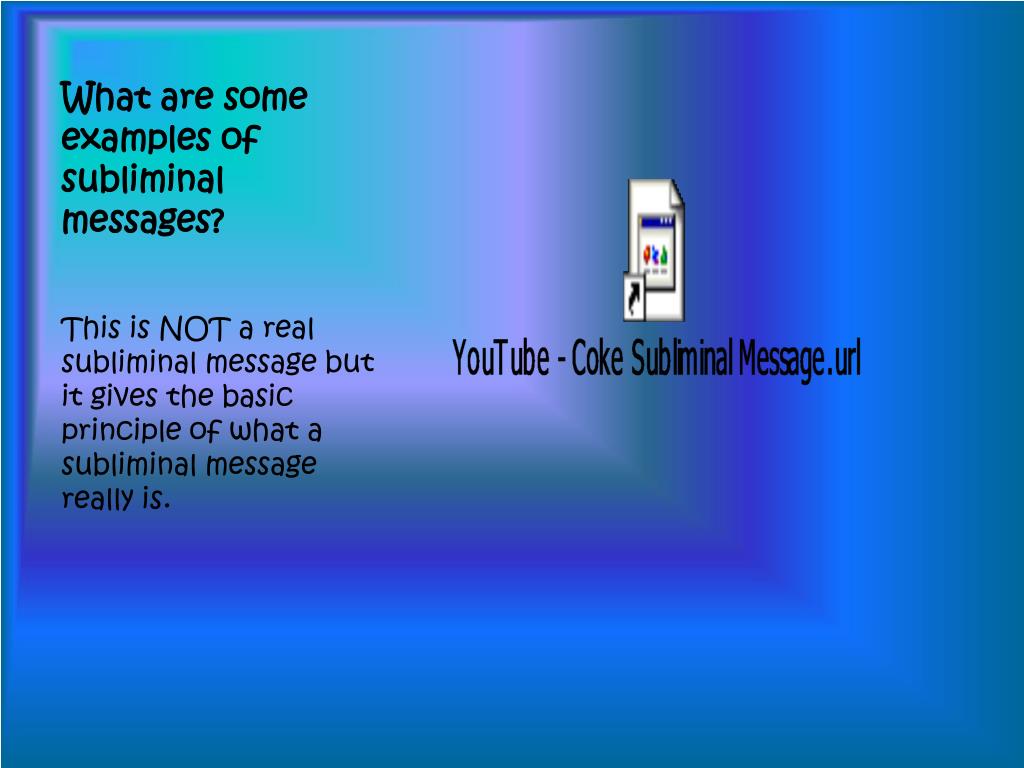

In their study, the subliminal perception was demonstrated by a dissociation between two measures of conscious awareness: a subjective measure that involves self-reports and an objective measure that involves a measure of discriminative abilities. In the late 1800s, subliminal perception was first empirically demonstrated by peirce and jastrow. Historical Background of subliminal perception The evidence for simpler forms of subliminal processing is considered to be strong. Marcel was the first researcher to report the impact of experiments showing evidence for subliminal perception while using an objective measure of awareness. However, what was more significant was advertisers' outbreak of claims of subliminal influences on behavior in the mid-1950s. Other studies were published on subliminal perception in the first half of the twentieth century. This dissociation between subjective and objective measures was evidence of subliminal perception. In the late 1800s, Peirce and Jastrow first empirically demonstrated subliminal perception. Previous research on subliminal perception took a psychological approach, looking for thresholds of sensory experience. The nature of the threshold is important for identifying the existence of subliminal perception since a stimulus is only subliminal when it is below the threshold of consciousness. Perception without consciousness is authenticated only when the subject reports no consciousness of the stimuli, but some other notable effect shows that the stimuli were perceived nevertheless. Due to the effects on thoughts, actions, or feelings, it is relatively easy to measure experimentally the difficult part about it is the evaluation of awareness of stimuli below the threshold of the subject. Some prefer to use perception without consciousness as an alternative that ignores the controversial issue of limen, i.e., threshold. The meaning of the term subliminal perception has been changing over time.
Subliminal definition psychology example series#
Subliminal perception is the type of perception composed of a series of stimuli of which the person is not consciously aware and gets under the influence involuntarily, to the perception with five sense organs in addition to it.

"The messages just aren't that powerful.Perception comprises all types of sensory interaction, which acquire a subjective structure with the impact of observing external stimuli like the environment, objects, people, odor, actions, sounds, tastes, and colors, and the result of many distinct experiences. "They can't make you go buy something you don't want or vote for a political candidate you don't like," Zimmerman said. In other words, subliminal ads trying to get someone off the couch and into a store probably aren't effective. Influences lasting 25 minutes are about the cap, according to a 2016 study in the journal Neuroscience of Consciousness. When subliminal influences do occur, they don't last long. "If we're not currently experiencing whatever kind of need or goal the subliminal message taps into, it probably won't be very effective," Zimmerman said. In short, it appears that subliminal messaging works best when it taps into an existing desire. Similarly, when given a subliminal priming of the iced tea brand Lipton Ice during a computer task, people chose the drink over another beverage - but only when they were thirsty, according to a 2006 study published in the Journal of Experimental Social Psychology.
Subliminal definition psychology example tv#
Researchers inserted a dozen frames of a Coca-Cola can and another dozen of the word "thirsty" into an episode of the TV show "The Simpsons." Participants reported being an average of 27% thirstier after the viewing than they were before, whereas the control group was slightly less thirsty afterward, according to a 2002 study published in the Journal of Applied Social Psychology. Whether these attempts affected voters and consumers is unknown.īut scientists do know that subliminal messaging works in the lab. An influential word can also be shrouded by imagery, such as "sex" spelled out by ice cubes in a Gilbey’s Gin advertisement. Bush campaign launched to smear presidential candidate Al Gore during the 2000 election. For example, the word "RATS" flickered briefly across the screen during an attack ad that the George W. The brain may ignore the information because it is delivered quickly. In theory, subliminal messages deliver an idea that the conscious mind doesn't detect.


 0 kommentar(er)
0 kommentar(er)
